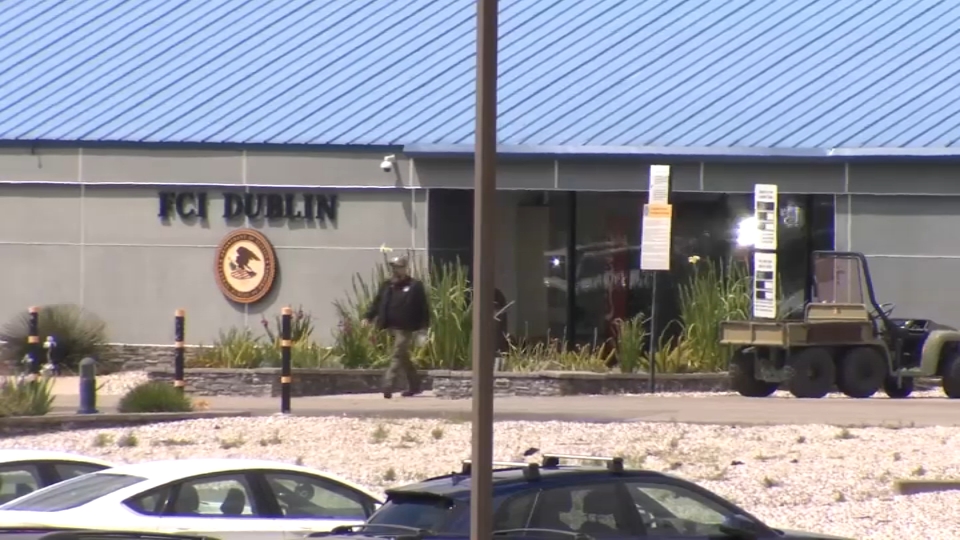Documents obtained by NBC Bay Area’s Investigative Unit indicate PG&E was aware of safety questions on a critical transmission line years before the line likely started the deadly Camp Fire last year.
The documents appear to show Pacific Gas and Electric Co. was aware that temporary wooden poles on the Caribou-Palermo power line put it at "high" risk of failure as far back as 2014, but the utility apparently discounted the wildfire risk and left a makeshift solution in place for three years.
After a post-fire inspection last December, the utility opted to shut down the line, citing unspecified equipment problems. PG&E also indicated it may decide to decommission the line altogether. But documents the company turned over as part of wildfire litigation show the utility had been warned about the line’s dangers years earlier.
In December 2012, the company told regulators five towers holding up the line toppled during a winter storm.
In a 2014 email outlining the findings of a risk assessment on the line, Carlos Gonzalez, who works with the company’s electric operations unit, noted that "the likelihood of failed structures happening is high."
PG&E now argues that the structures referenced in the email were actually five wooden poles used to replace old steel towers that toppled en masse, rather than the remaining aging towers on the 100-year-old line.
But Tom Long, an attorney with the ratepayer advocacy group TURN, said the warning of a "high likelihood of a transmission structure failing should set off all kinds of red flags for the utility."
Local
That didn’t happen. Instead, the engineer working for the utility concluded "no likely large environmental event" would be triggered by any failure.
"If structures fail," Gonzalez told a colleague, Manho Yeung, "it will be likely due to heavy rain, and no wildfires are possible then."
Long says he’s troubled that PG&E didn’t even consider fire season winds as a risk in the three years the makeshift poles were in place, let alone the larger risk suggested by the original mass failure in 2012.
"This is a company whose job is to manage their electric facilities safely, and it is rather scary that they weren’t thinking about one of the major catastrophic events that could happen from a failed transmission tower," Long said. "That’s scary.
"Clearly, they are going to be thinking that now after the Camp Fire," he added. "The fact that they weren’t thinking about it back in 2014 is amazing."
Gonzalez also determined there was "no likely public safety issue" from downed power lines because the lines ran across remote areas and only served about 1,000 customers. For these reasons, the transmission line did not rank high in PG&E’s scoring system as needing replacement for reliability issues.
In 2016, the year the company replaced those wooden poles, another internal PG&E document shows there was a different warning about the line.
The document, an internal summary of "near-hits," shows that a painter recoating one of the line’s towers had grabbed onto a support brace for balance, but the badly corroded hook supporting the brace snapped. According to the document, PG&E’s response was to advise crews to take "special care to inspect the condition of the hardware prior to applying force."
Wildfire attorney Dario de Ghetaldi says that response is stunning.
"They did nothing," de Ghetaldi said. "They just said, 'Oh well, got to be more careful when you’re climbing the tower because they might break.'"
Both de Ghetaldi and PG&E have said the failure of a similar hook is likely what triggered the Camp Fire that ultimately killed 86 people and destroyed some 18,000 homes.
De Ghetaldi continued: "That failure, and that deliberate ignoring of what happened in 2016, led to the Camp Fire, led to all those deaths, led to all those people displaced. It’s disgusting, it really is."
State Sen. Jerry Hill, a frequent critic of the utility and state regulators, had a similar response.
"It’s disgusting," he said, shaking his head.
Hill, who is pushing for legislation mandating more inspections, says what’s clear from all the breakdowns is that there needs to be more regulatory oversight by the state Public Utilities Commission and federal regulators.
"They leave it to the utility. To inspect their own towers and make their own decisions, and judge the reliability and the safety," he said. "That’s wrong; we see that it’s wrong, and it takes people’s lives. This is a problem."
PG&E has said it is in the process of inspecting and repairing all its transmission towers in high-fire-risk areas, and the work will be done before the start of the coming wildfire season.



